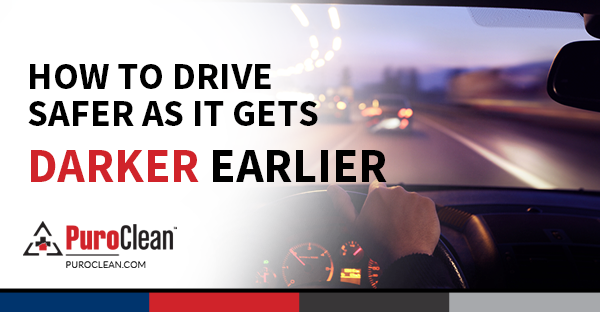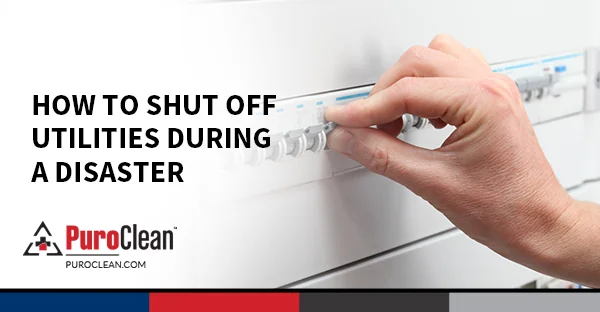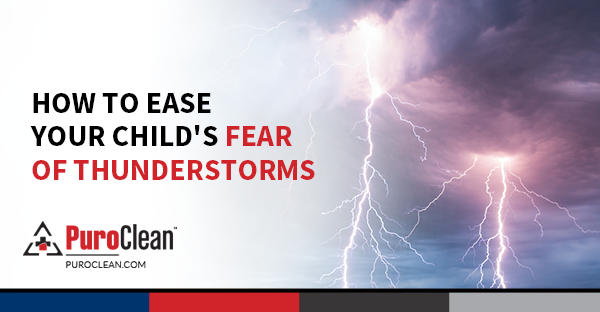 Heat waves can occur in almost any area of the country, even in those states with a cooler climate. The best way to overcome a heat wave is to prepare your home and know how to act when a heat wave strikes. Tips to prepare your home for hot weather are available here. Below are 10 guidelines on how to act to keep yourself cool during a heat wave:
Heat waves can occur in almost any area of the country, even in those states with a cooler climate. The best way to overcome a heat wave is to prepare your home and know how to act when a heat wave strikes. Tips to prepare your home for hot weather are available here. Below are 10 guidelines on how to act to keep yourself cool during a heat wave:
1. Find the coolest area in your home and stay there during the hottest hours of the day. If you live in a multi-story home, go to the ground floor, since hot air rises to the upper stories. Basements are usually the coolest areas in a home and staying there can be a great way to survive the heat.
2. Drink more beverages than usual, even if you’re not thirsty. However, try to avoid hot drinks, and replace them with cold drinks. Additionally, you should avoid drinking alcoholic beverages and coffee, as they promote body dehydration.
3. Avoid eating big protein-rich meals, since they will increase your body heat as a result of increased metabolic rate. Instead, eat lighter and more frequent meals. Consider eating more spicy foods, as they help you feel cooler during a heat wave.
4. Take cooler baths or showers. However, the temperature of the water should be just below the body’s average temperature (98.6°F). Cold showers or baths are not a good idea because they will make your body generate heat to compensate for the heat loss, thus increasing your body temperature.
5. Wear light-colored and loose clothes, preferably made of cotton. Avoid wearing synthetic clothing as much as possible, since these materials absorb heat very well. In addition, avoid dark colors because they absorb, rather than reflect, sunrays.
6. Avoid strenuous physical work or exercise. When lifting heavy objects or just cleaning up your home, the body naturally heats up. Choose to do physical work or exercise during the cooler parts of the day (mornings and evenings).
7. Place ice cubes (or run cold water) on your pulse points once every couple of hours to cool off your body. Pulse points are areas on your body where blood circulates close to the skin. You can find them on areas such as your wrists, neck or inside of your elbows.
8. Spritz yourself with water and stay in front of a fan. This works the same way as sweating, in that water evaporates from your body to cool off. If you also have a ceiling fan, make sure it runs counter-clockwise for a cooler breeze.
9. Unplug any appliances or electronics you aren’t using. Even when they’re not running, electronics such as TVs still consume a small amount of electricity, which converts into heat. Turn off lights during the day, especially incandescent light bulbs.
10. Don’t forget that pets can be affected by heat, too. Heat stroke symptoms in furry pets include: hot skin, wide eyes, excessive drooling, twitching muscles and even vomiting. If you notice any of these signs, give them a cool bath, wrap them in a cool towel and take them to a cool, ventilated area. If the signs persist, immediately take your pet to a vet .
Proper ventilation is also important in maintaining a comfortable temperature in your home. Click here to learn efficient home ventilation tips. For professional fire, water, and mold restoration services, contact your local PuroClean office.



